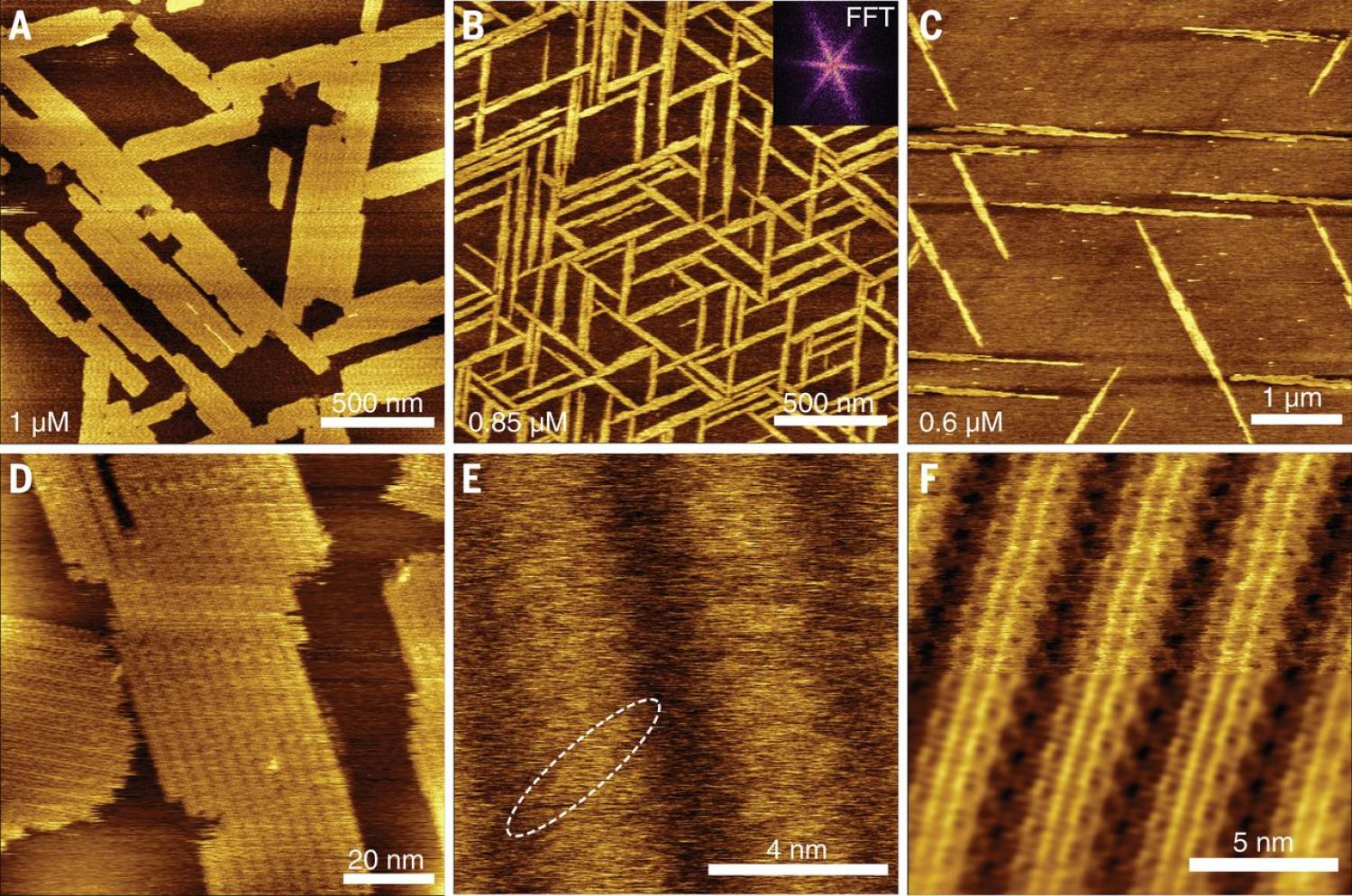Department researchers help avoid the nucleation barrier in new Science article

Associate Professor Hendrik Heinz and postdoctoral researcher Juan Liu are contributing authors to “Building two-dimensional materials one row at a time: Avoiding the nucleation barrier” in the December 2018 issue of the prestigious journal Science.
Working in the Department of Chemical and Biological Engineering provided Heinz and Liu with some notable advantages—access to great computational facilities and human resources to carry on cutting-edge simulations and model development for bionanomaterials.
“The models for MoS2 used here are new, have ten times lower errors in computed interfacial energies and mechanical properties than earlier models and are suitable to predict properties of MoS2 based hybrid materials up to the large nanometer scale,” Heinz said. “The study is also a nice example for the incredible talent of our postdoc Dr. Juan Liu, for whom this is the second publication in Science.”
The findings of their research will lead to new design rules for microelectronics, membranes and tissues, and help develop improved methods for the production of new materials.
“The results provide the first proof for the prediction of classical nucleation theory that nucleation in one dimension should not involve an energy barrier,” Heinz said. “Incoming peptides on the surface of molybdenum disulfide deposit row-by-row and grow directionally highly ordered structures without an energy barrier.
“The study also shows that the combination of biomimetic synthesis, highly resolved in-situ atomic force microscopy (AFM) and all-atom molecular dynamics simulations is a powerful toolset to uncover and manipulate materials behavior down to the atomic scale.”
Heinz and Liu worked on this project for about a year and a half, with Heinz’s support for the project at the proposal stage beginning four years ago.
“In the end, the experimental results required further investigation by modeling to become conclusive, and our team is known for reliable modeling of nanomaterials and the interface force field (IFF) we develop as a tool,” Heinz said.
Heinz and Liu will continue to collaborate with the researchers from multiple universities on related projects.
“The areas of catalysis, sensors, biomineralization and robotics, for example, will benefit from breakthroughs in the assembly of 2D materials, crystal growth and controlled surface reactions that are feasible with this skill set of expertise,” Heinz said.
“In a way, this contribution is just the start.”

